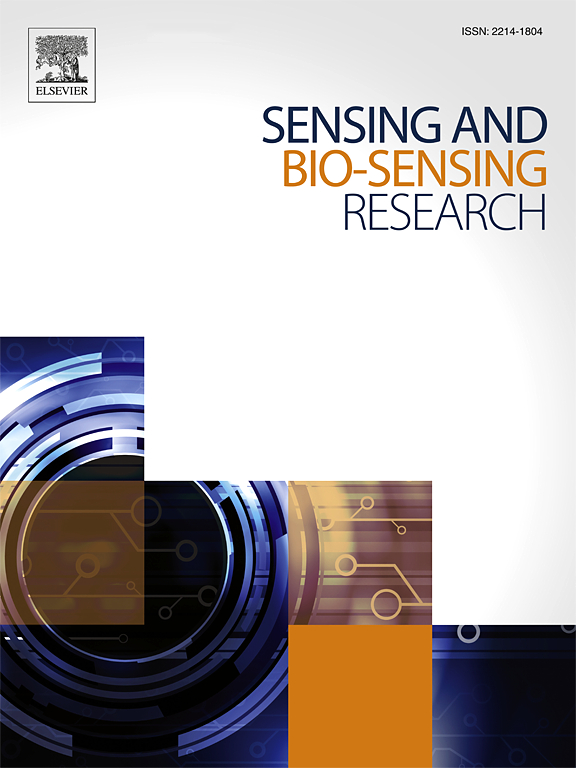Boron-doped diamond electrodes for electrochemical glucose detection via enzymatic and non-enzymatic approaches
IF 4.9
Q1 CHEMISTRY, ANALYTICAL
引用次数: 0
Abstract
The development of highly sensitive and reliable glucose sensors has driven significant interest in boron-doped diamond (BDD) electrodes due to their exceptional electrochemical properties. With superior chemical stability, a wide potential window, low background current, and excellent electrical conductivity, BDD provides an optimal platform for precise, stable, and interference-free glucose detection. It's remarkable fouling resistance and resilience against chemical degradation further enhance long-term reliability in both biological and laboratory settings. This article reviews recent advancements in BDD-based glucose sensors, focusing on surface modifications and electrode enhancements that improve performance of BDD for glucose detection. Both enzymatic and non-enzymatic detection strategies have been explored, demonstrating low detection limits, high sensitivity, and excellent stability. These innovations hold promise for a wide range of applications, including clinical diagnostics for diabetes, food and beverage industry quality control, and environmental monitoring, particularly in assessing glucose levels in water and soil, expanding the scope of BDD-based sensors.

通过酶和非酶方法进行葡萄糖电化学检测的掺杂硼金刚石电极
高灵敏度和高可靠性的葡萄糖传感器的发展已经引起了人们对掺硼金刚石(BDD)电极的极大兴趣,因为它们具有特殊的电化学性能。BDD具有优异的化学稳定性,宽电位窗口,低背景电流和优异的导电性,为精确,稳定和无干扰的葡萄糖检测提供了最佳平台。它具有显著的抗污垢性和抗化学降解的弹性,进一步提高了生物和实验室环境中的长期可靠性。本文综述了基于BDD的葡萄糖传感器的最新进展,重点是表面修饰和电极增强,以提高BDD用于葡萄糖检测的性能。酶和非酶检测策略已被探索,表现出低检测限,高灵敏度和良好的稳定性。这些创新为广泛的应用带来了希望,包括糖尿病的临床诊断,食品和饮料行业的质量控制,以及环境监测,特别是在评估水和土壤中的葡萄糖水平方面,扩大了基于bdd的传感器的范围。
本文章由计算机程序翻译,如有差异,请以英文原文为准。
求助全文
约1分钟内获得全文
求助全文
来源期刊

Sensing and Bio-Sensing Research
Engineering-Electrical and Electronic Engineering
CiteScore
10.70
自引率
3.80%
发文量
68
审稿时长
87 days
期刊介绍:
Sensing and Bio-Sensing Research is an open access journal dedicated to the research, design, development, and application of bio-sensing and sensing technologies. The editors will accept research papers, reviews, field trials, and validation studies that are of significant relevance. These submissions should describe new concepts, enhance understanding of the field, or offer insights into the practical application, manufacturing, and commercialization of bio-sensing and sensing technologies.
The journal covers a wide range of topics, including sensing principles and mechanisms, new materials development for transducers and recognition components, fabrication technology, and various types of sensors such as optical, electrochemical, mass-sensitive, gas, biosensors, and more. It also includes environmental, process control, and biomedical applications, signal processing, chemometrics, optoelectronic, mechanical, thermal, and magnetic sensors, as well as interface electronics. Additionally, it covers sensor systems and applications, µTAS (Micro Total Analysis Systems), development of solid-state devices for transducing physical signals, and analytical devices incorporating biological materials.
 求助内容:
求助内容: 应助结果提醒方式:
应助结果提醒方式:


